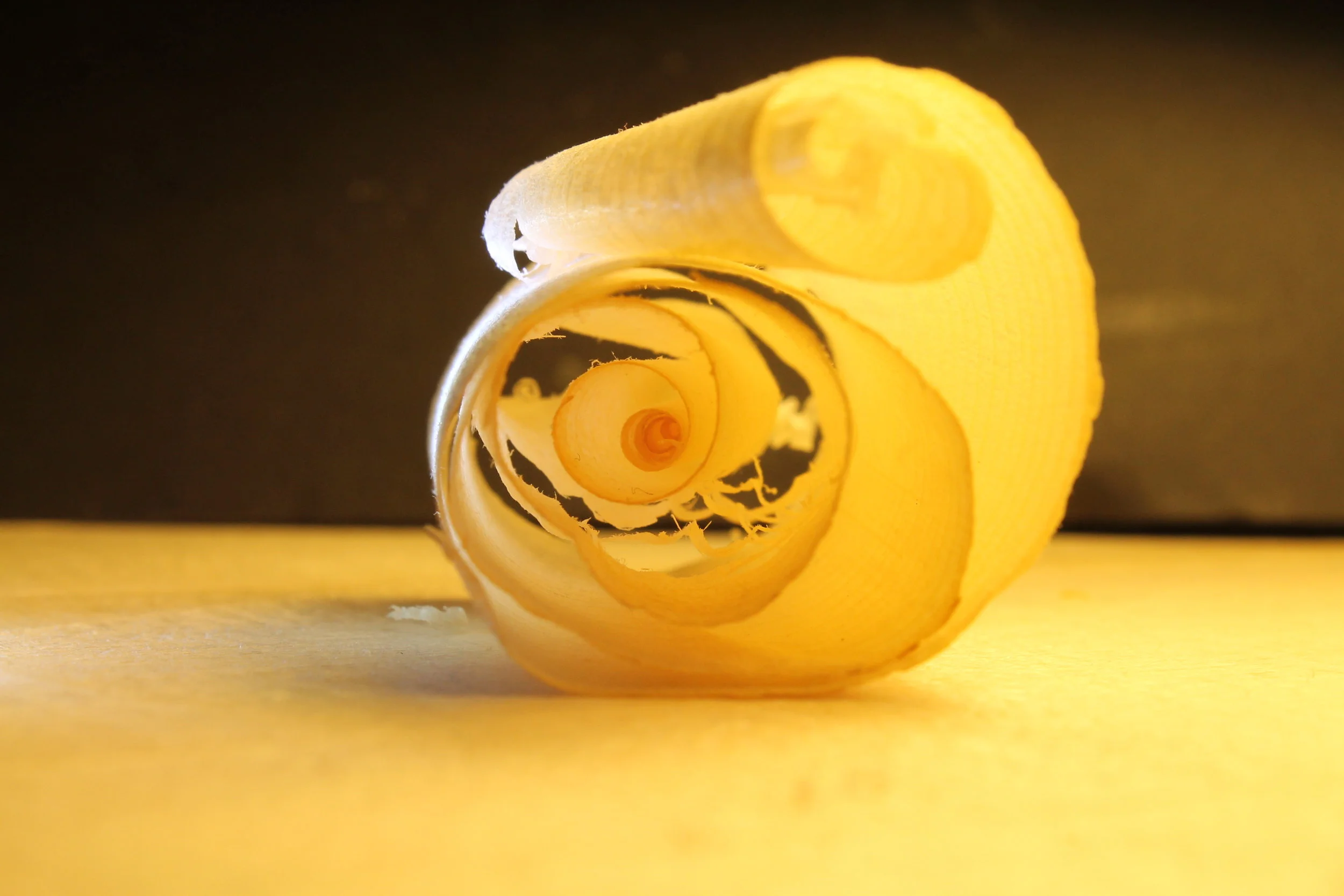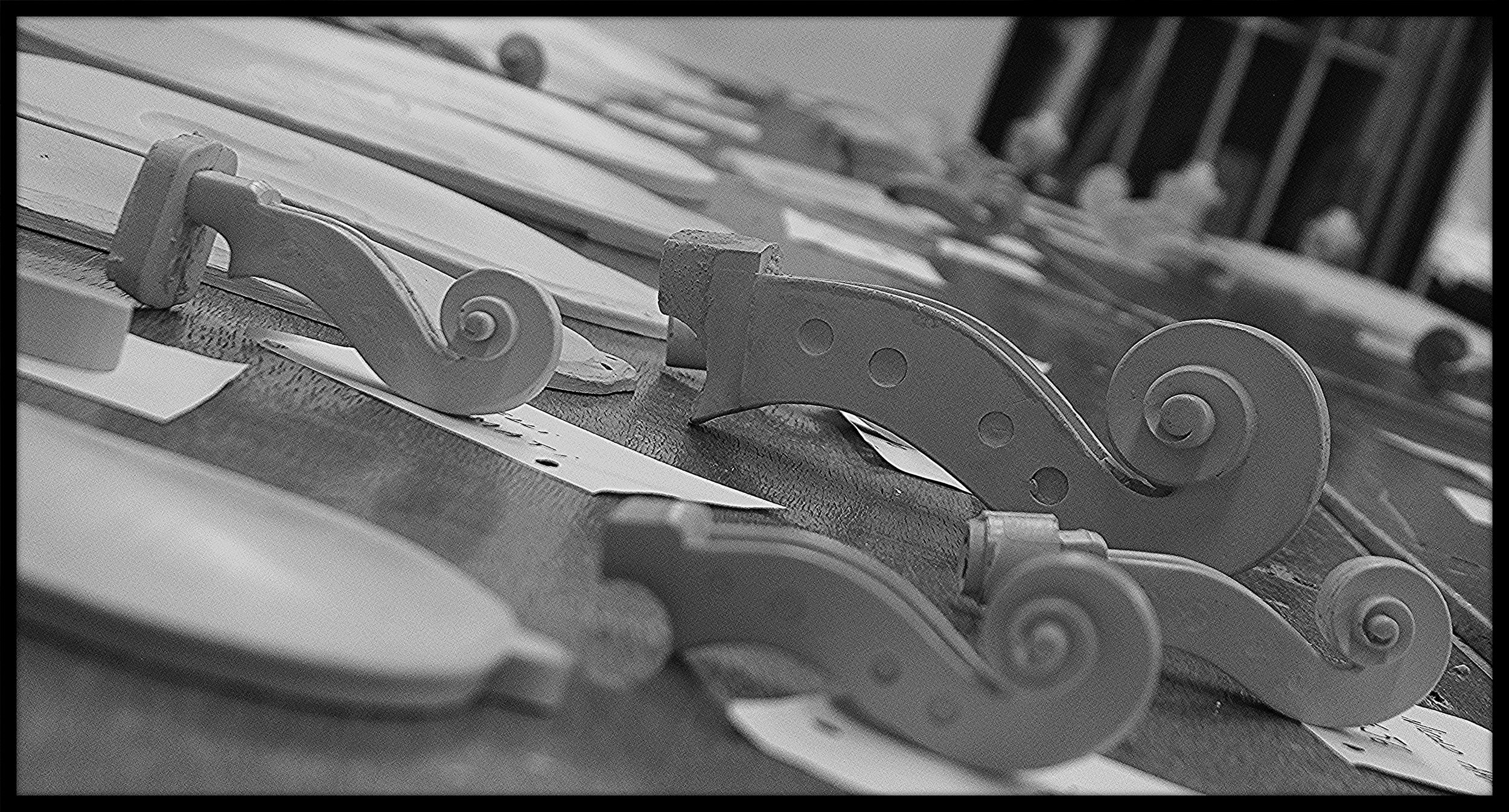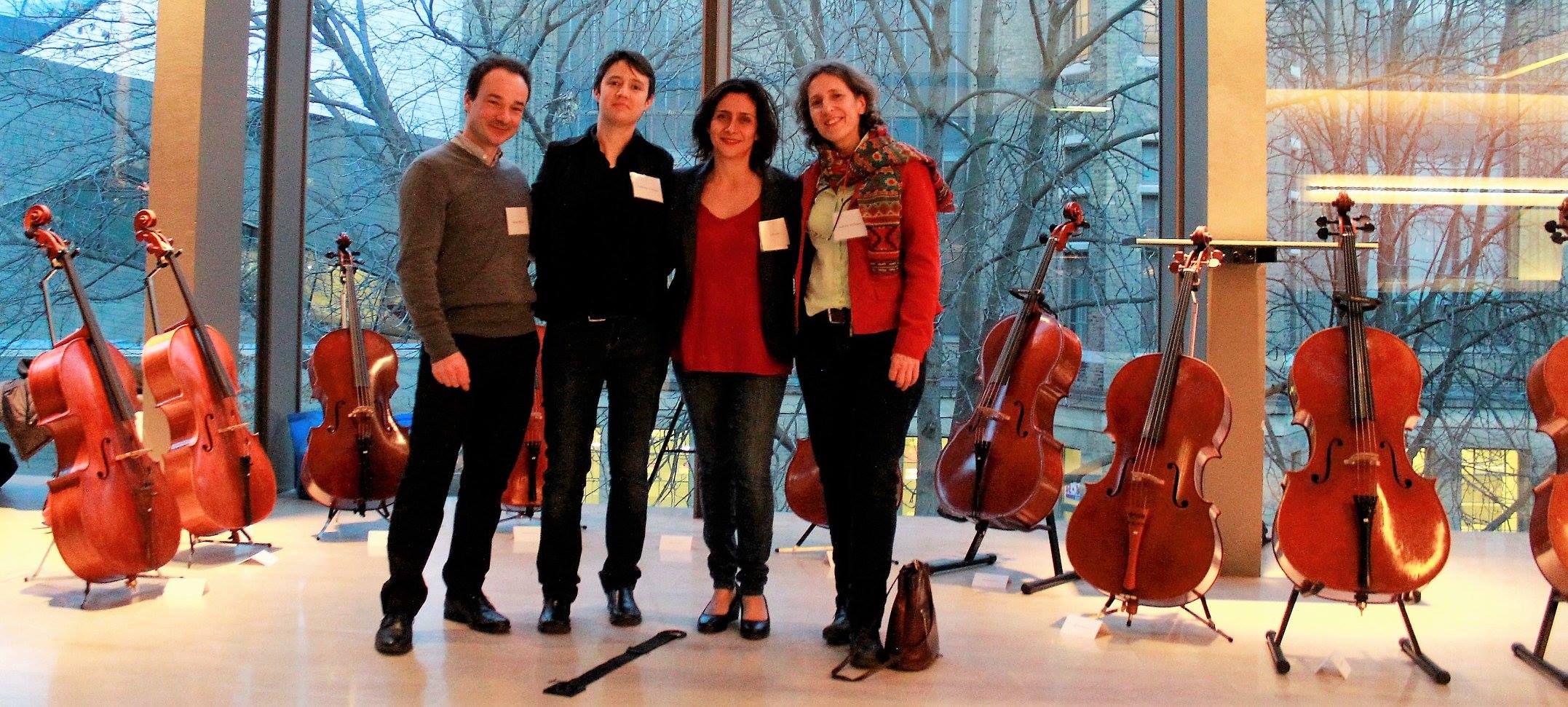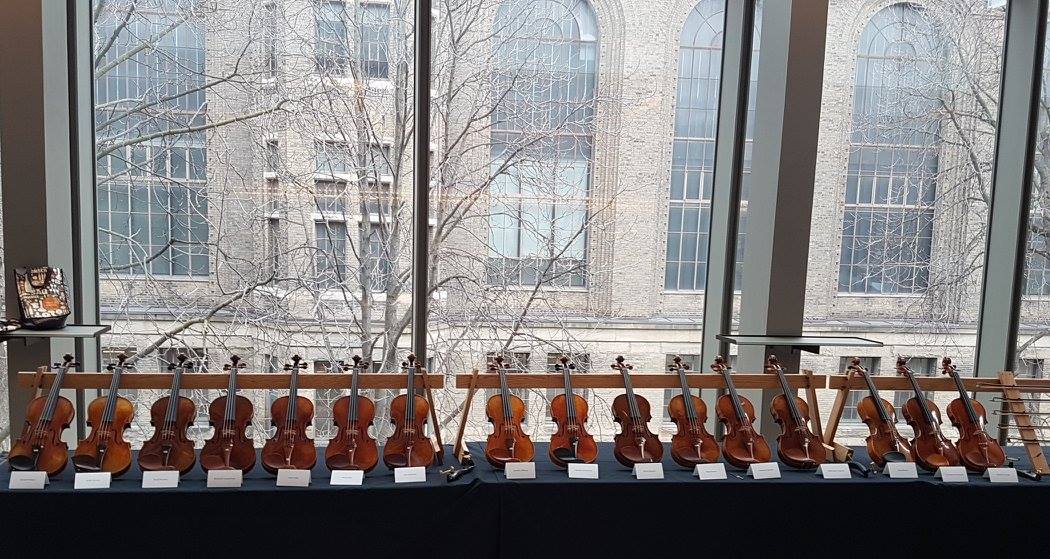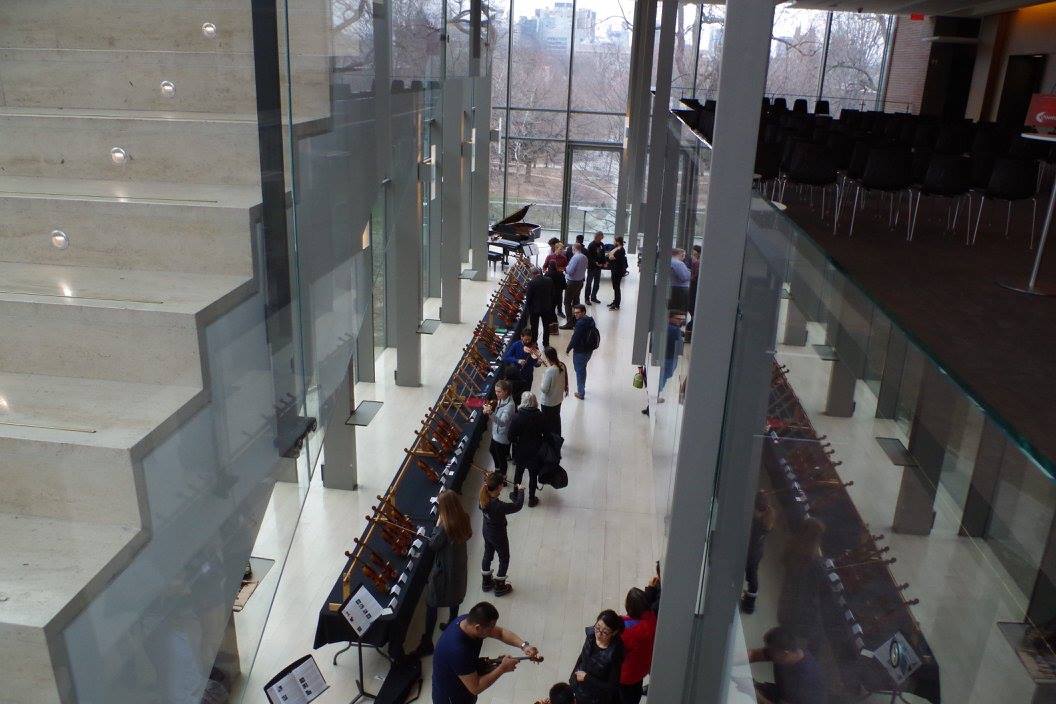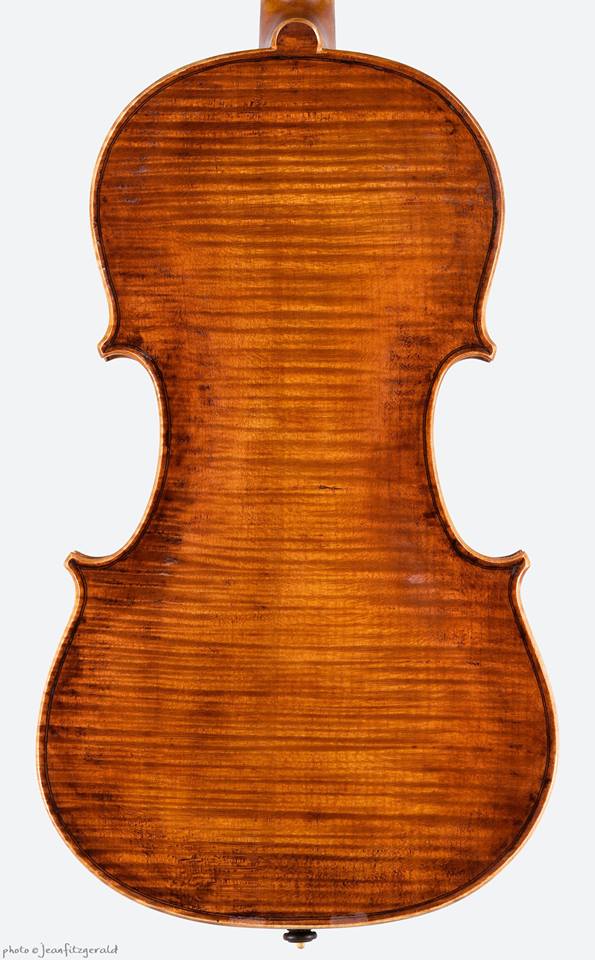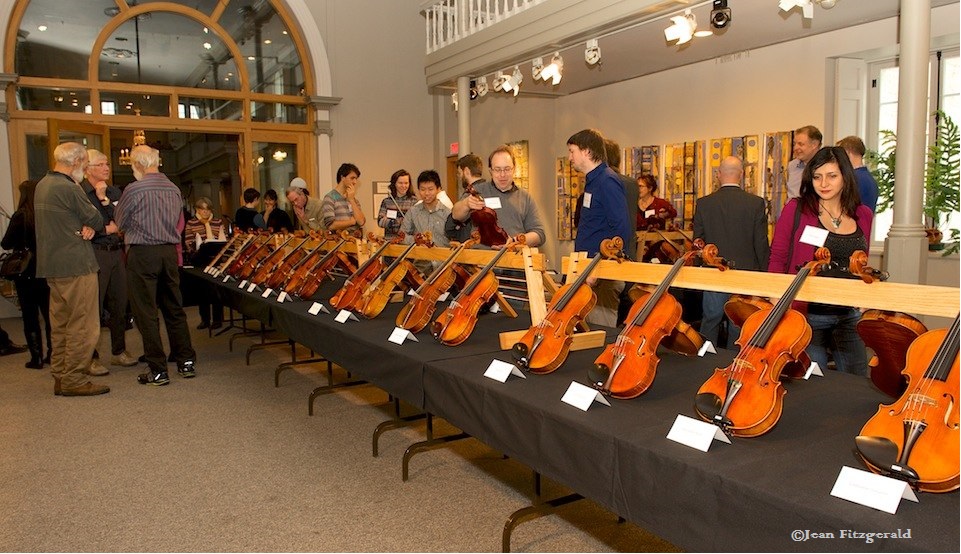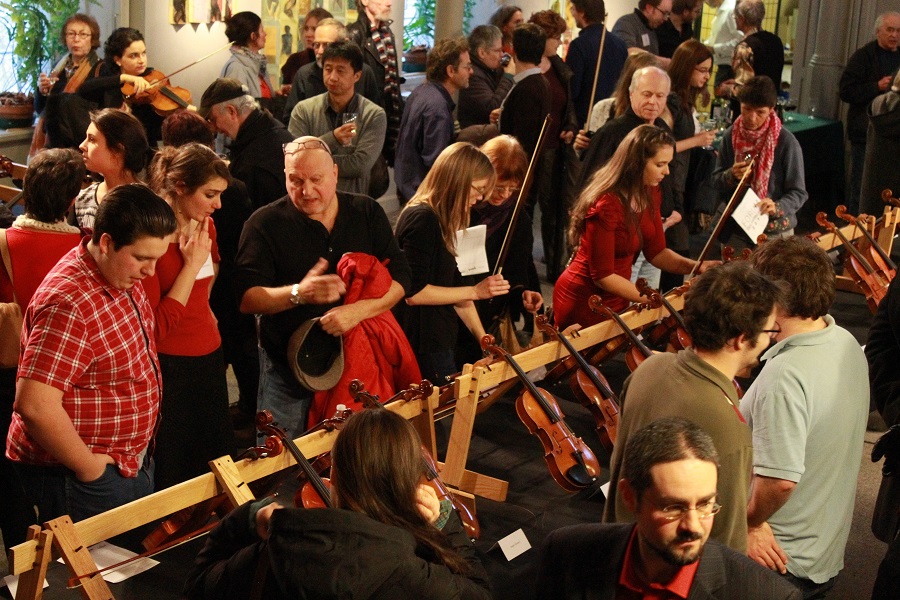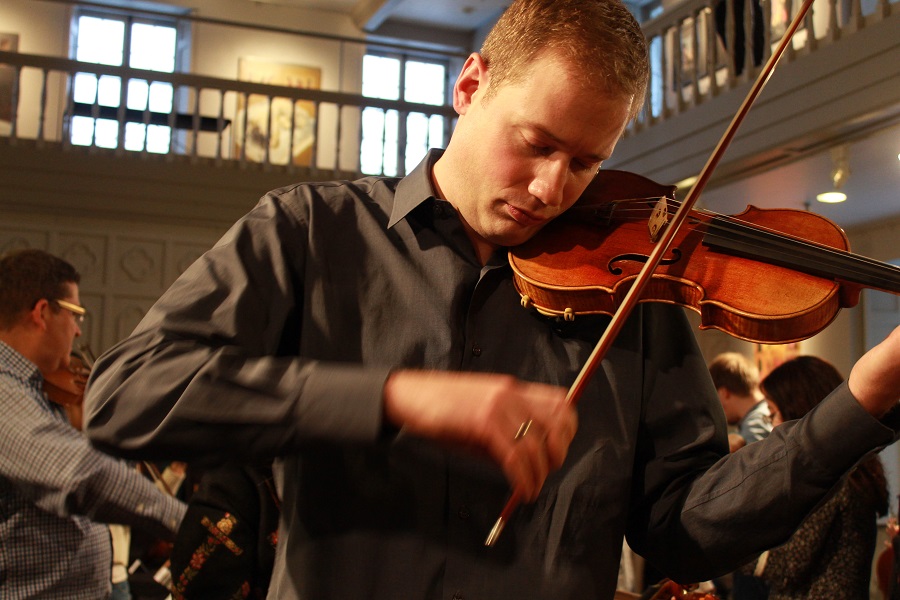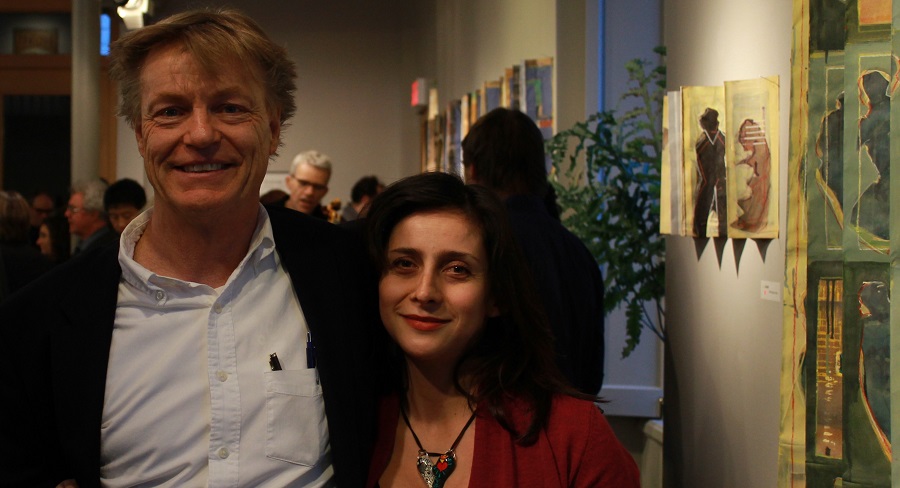“But it’s just a bridge!”, right?
Many times, musicians are surprised for the amount of time and work involved in replacing or adjusting a "simple" bridge. “They sell them in stores, so you just have to adjust it and/or replace it”, is a frequent belief.
In fact, it’s quite different. Bridges are responsible for transferring string vibrations to the body of the instrument, which in turn will project the sound to the exterior. This means that they are responsible for the amount and distribution of sound that the body will be handling. It could be the best Stradivarius, yet without a properly chosen bridge, precisely adjusted and mounted, the sound will be poor.
Bridges are also a core structural component of the instrument, bearing and distributing several pounds of weigh generated by the tension of the strings plus the friction of the bow. They are bridges, after all. An unprofessional installation is very likely to produce major damage to the top board and the assemblage of the instrument.
In terms of music performance, a properly adjusted bridge can significantly ease the playing of double string passages, and hugely contribute to a clear and clean sound, making the most of a good technique.


